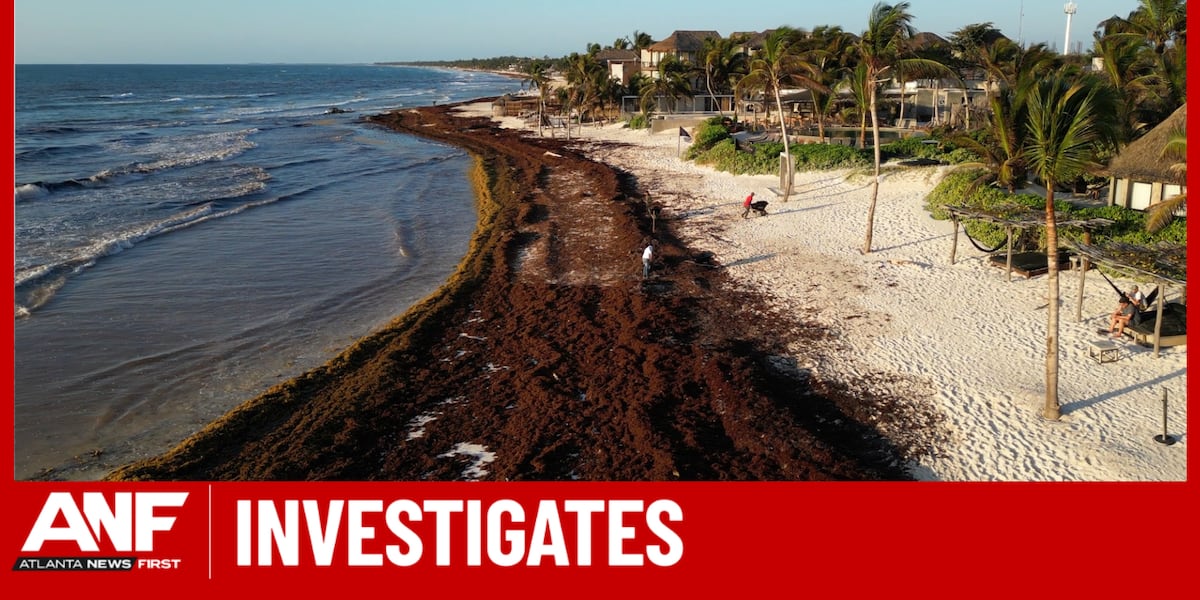Record Sargassum Bloom Threatens Caribbean and Florida Coastlines
An unprecedented 38 million metric tons of sargassum seaweed is impacting Caribbean and Florida coastlines, creating environmental challenges and affecting tourism in the region.

Massive sargassum seaweed bloom covering Caribbean beaches and affecting coastal communities
Unprecedented Seaweed Surge Impacts Tourism and Environment
A historic sargassum seaweed bloom is creating significant environmental and economic challenges across the Caribbean, Gulf of Mexico, and South Florida coastlines. Scientists have recorded an unprecedented 38 million metric tons of sargassum in the Atlantic and Caribbean waters, marking the highest levels ever documented.
Environmental Impact and Tourism Concerns
The massive accumulation of brown seaweed is causing widespread disruption to coastal communities, similar to challenges faced in Indo-Pacific coastal regions dealing with environmental changes. The seaweed releases hydrogen sulfide gas when decomposing, which can irritate eyes and impact air quality.
Scientific Analysis and Root Causes
Dr. Stephen Leatherman, a coastal sciences professor at Florida International University, attributes the unprecedented bloom to fertilizer runoff from Brazil's Amazon basin. This environmental crisis echoes concerns raised about environmental data tracking and management in other regions.
"Sargassum seaweed is natural, but in the huge numbers coming through now, it's also like pollution," explains Dr. Leatherman.
Regional Response and Management
Coastal communities are implementing various measures to manage the situation, drawing parallels to how Australian coastal regions address environmental challenges. Tourism operators are advised to monitor conditions and implement mitigation strategies.
Travel Advisory Tips:
- Check current sargassum levels using the University of South Florida's tracking system
- Contact resorts directly about their management measures
- Consider seasonal timing, as winter months typically show lower seaweed levels
- Monitor local environmental conditions before booking
Jack Thompson
Reporter based in Sydney, Jack covers climate issues, migration policies, and Australia's Indo-Pacific strategy.
